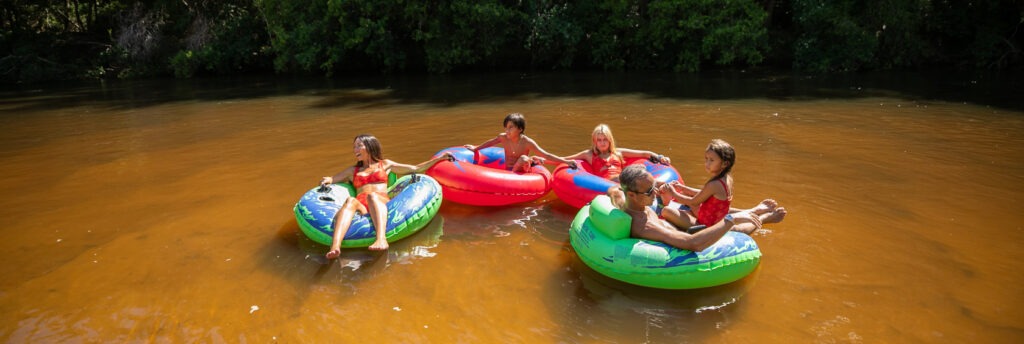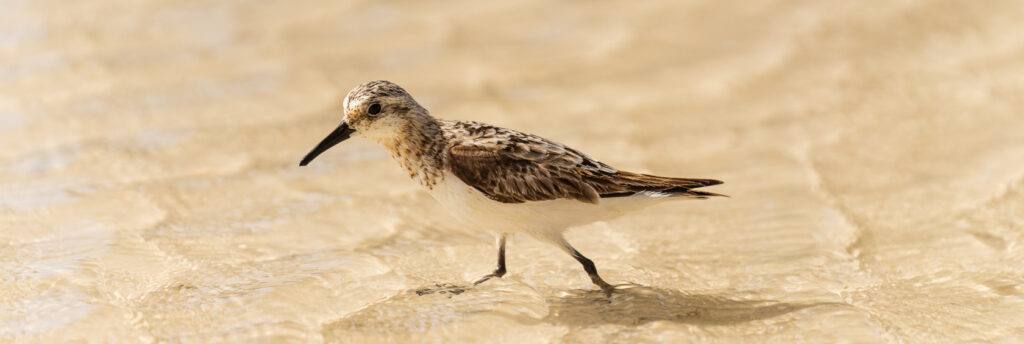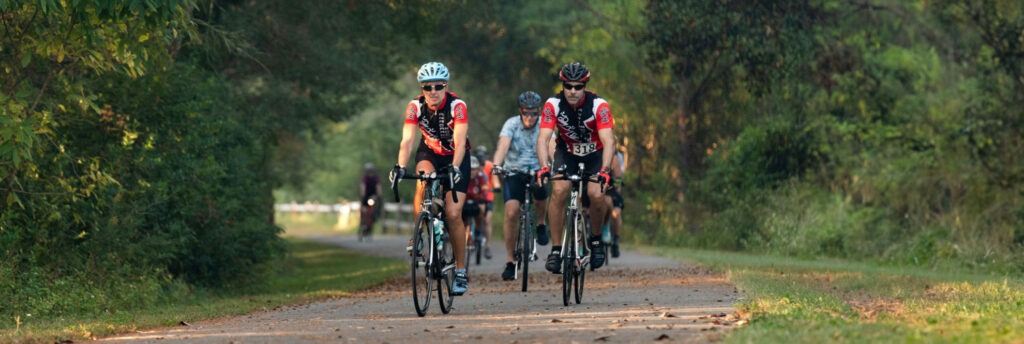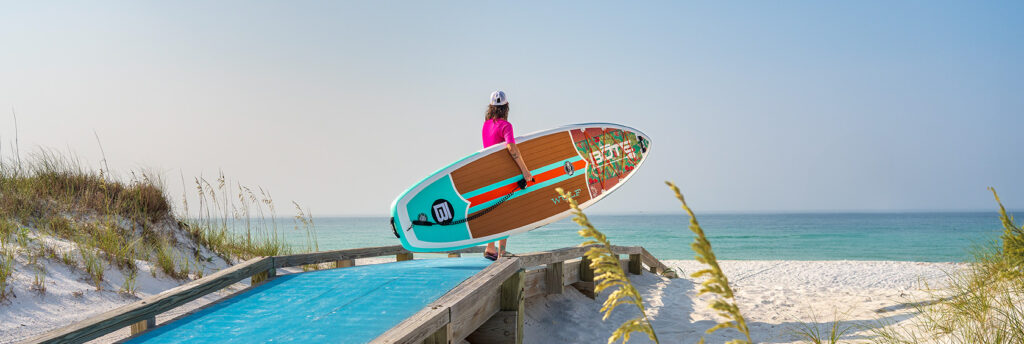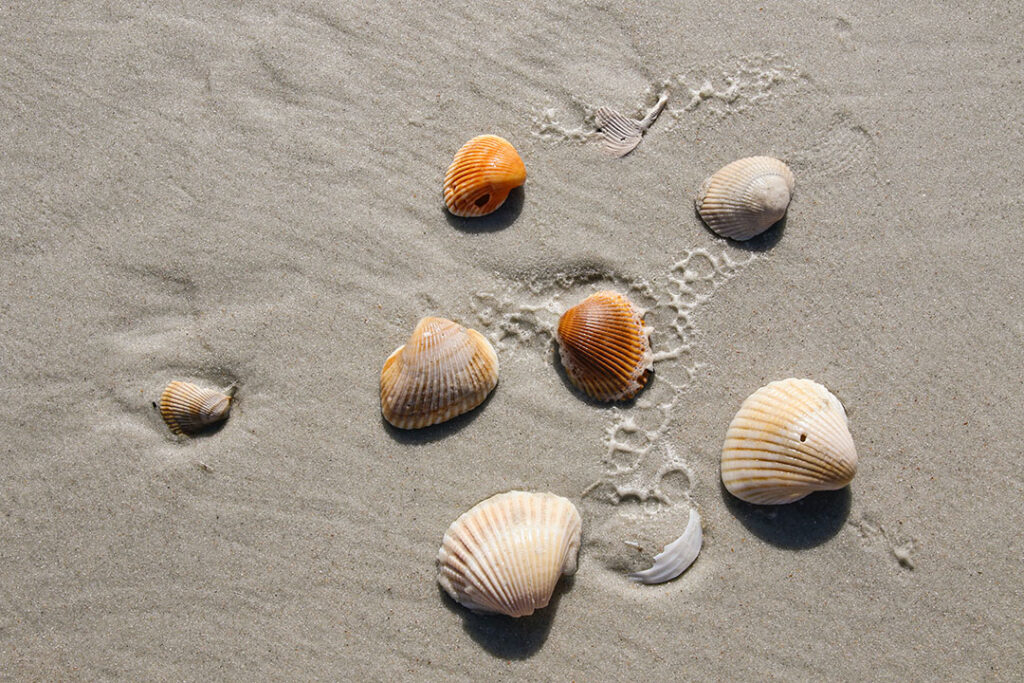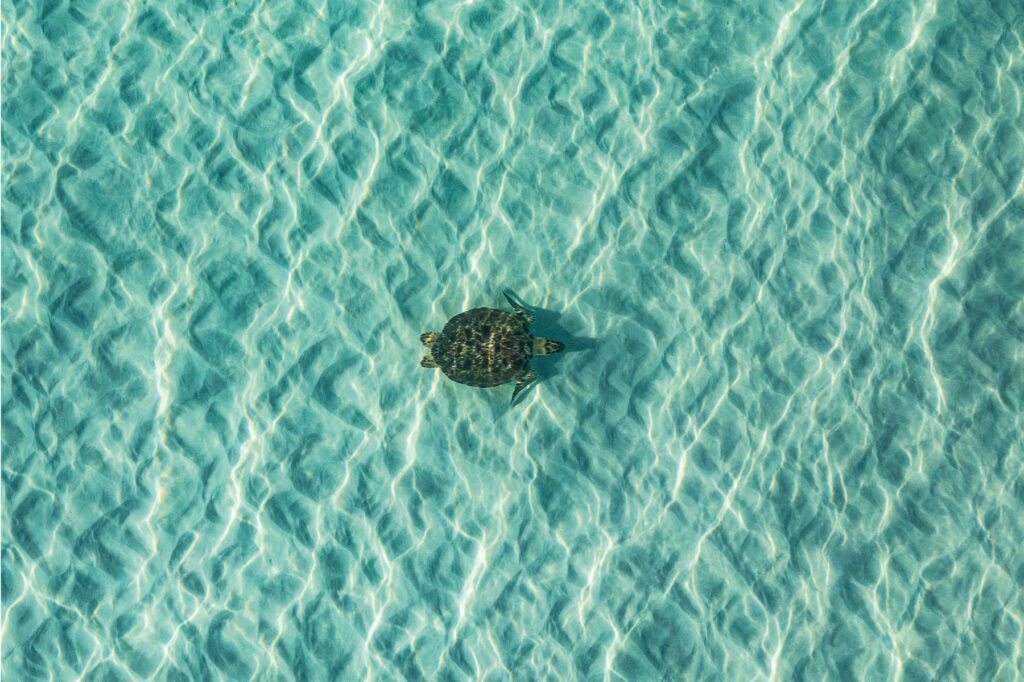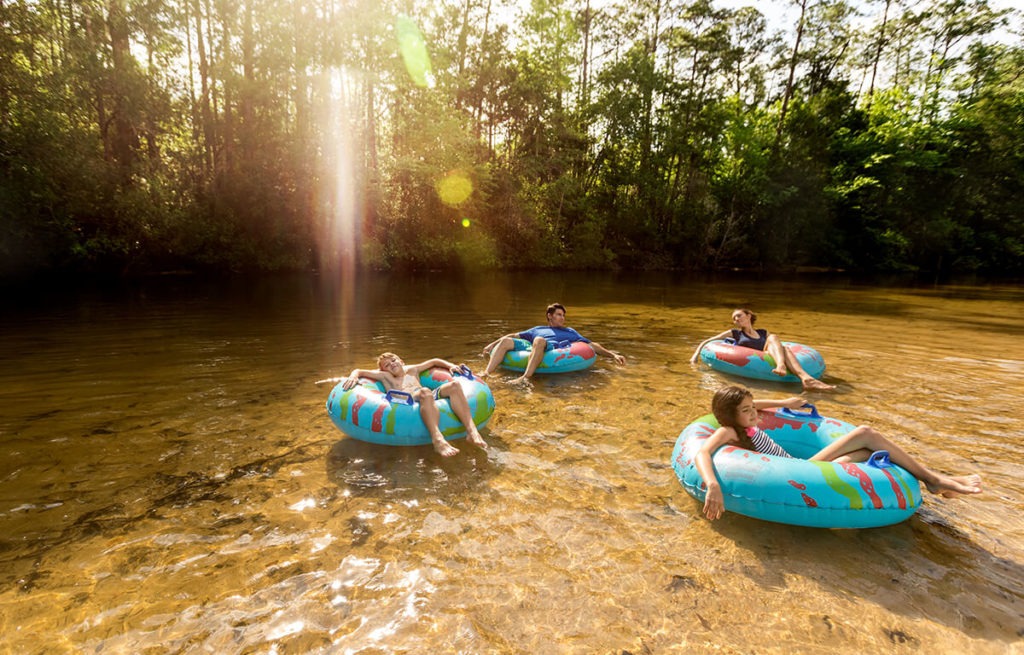Fall Stargazing
The nights are getting cooler, which means the stars are shining even brighter. Come escape the lights and the bustle to enjoy stargazing and seeing the actual Milky Way with us in Navarre Beach.
As a reminder, here are some of our best viewing spots. Just remember to stay away from the roads and other sources of light pollution.
- Navarre Beach
- Gulf Islands National Seashore
- Coldwater Creek
- Blackwater River
- Anywhere in the North County where you can find a break in the trees
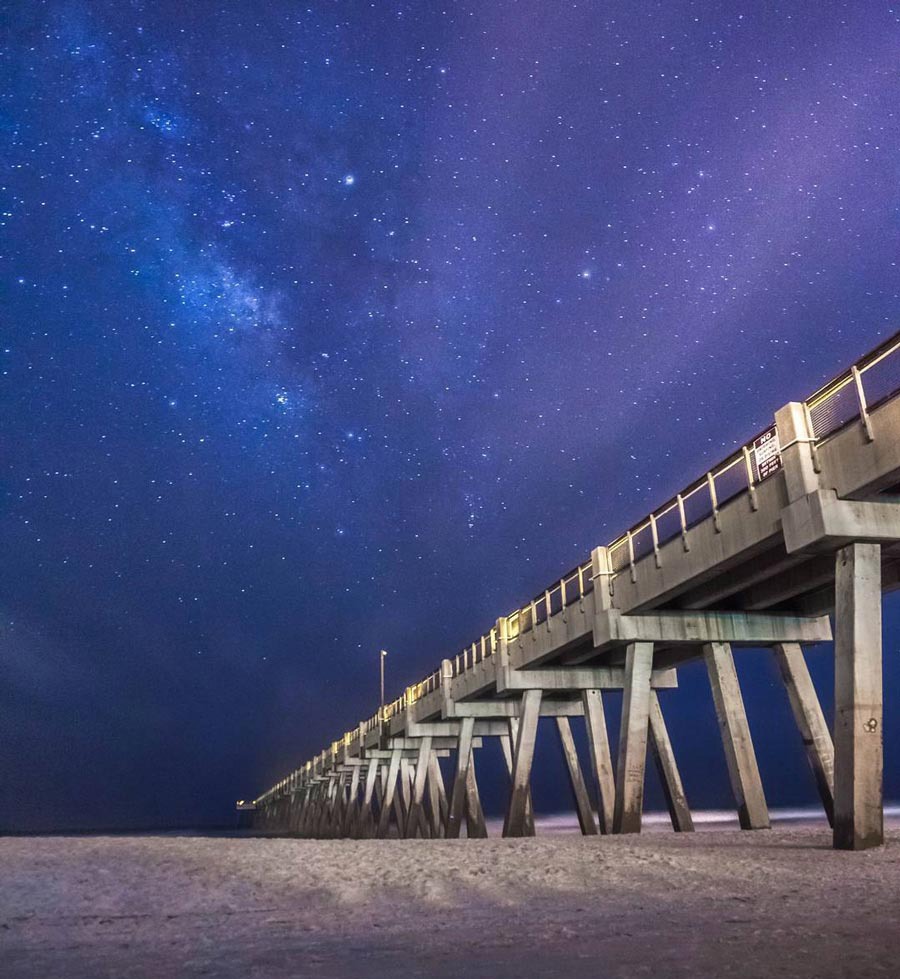 Photo by @traceinghamphotography (IG)
Photo by @traceinghamphotography (IG)
But stars are only the beginning of what you’ll see! This season, you can glimpse a few meteor showers that will really light up your night. Come camp out to watch:
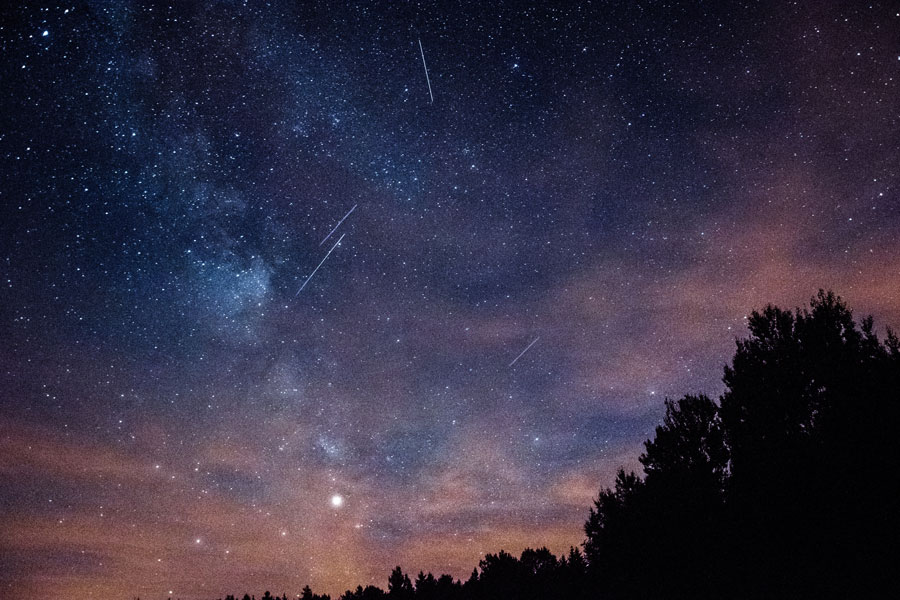
Draconids – peak October 7-8, nightfall and evening
Most years you may only see a few meteors per hour, but Draconids has been known in the past to deliver more than hundreds per hour.
Orionids – peak October 21, before dawn
You should see around 10-20 meteors an hour, but there will be a bright waning gibbous moon that may obstruct viewing. Best times to watch will be after the moon sets before dawn.
South Taurids – peak November 4-5, all night
There will be long lasting and bright meteors, but only about five meteors an hour.
North Taurids – peak November 11-12, all night
Like the South Taurids, these are long lasting, but at times very bright meteors. However, only expect about five meteors an hour.
Leonids – peak November 17-18, before dawn
There will be a bright waxing gibbous moon on peak nights, but the Leonids usually has anywhere from 10-15 meteors per hour to thousands per minute. Because of the moon, expect best viewing after the moon sets before dawn.

